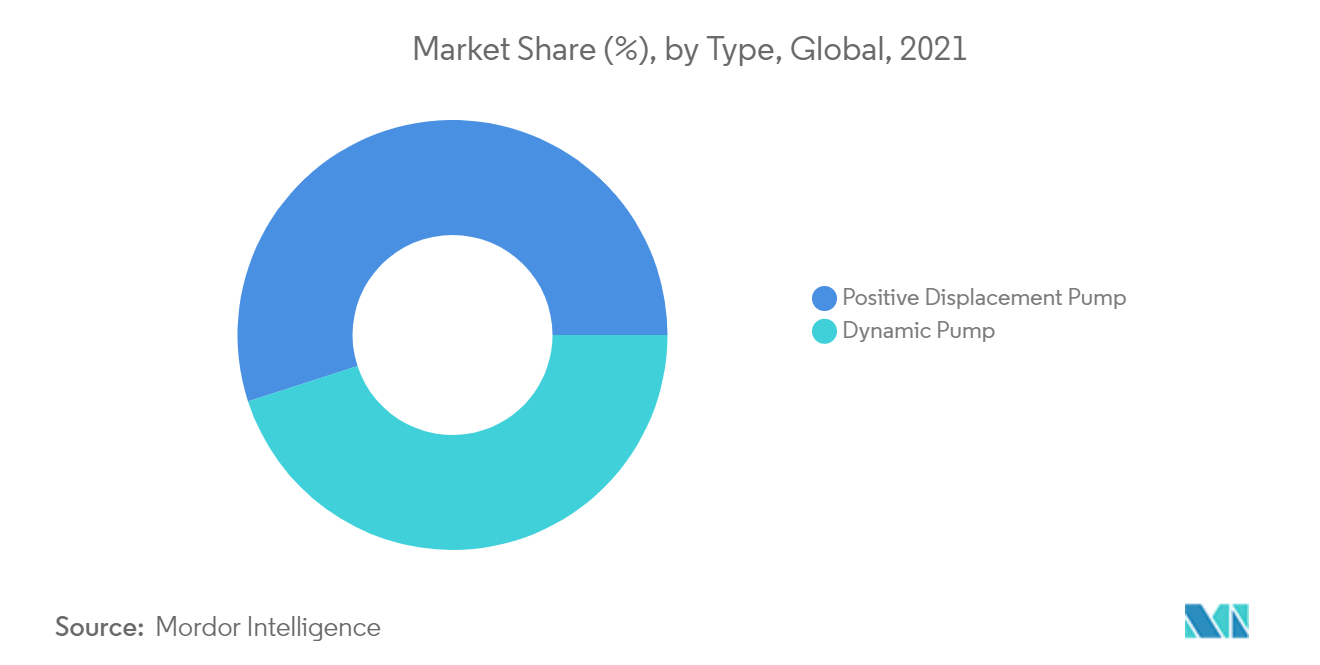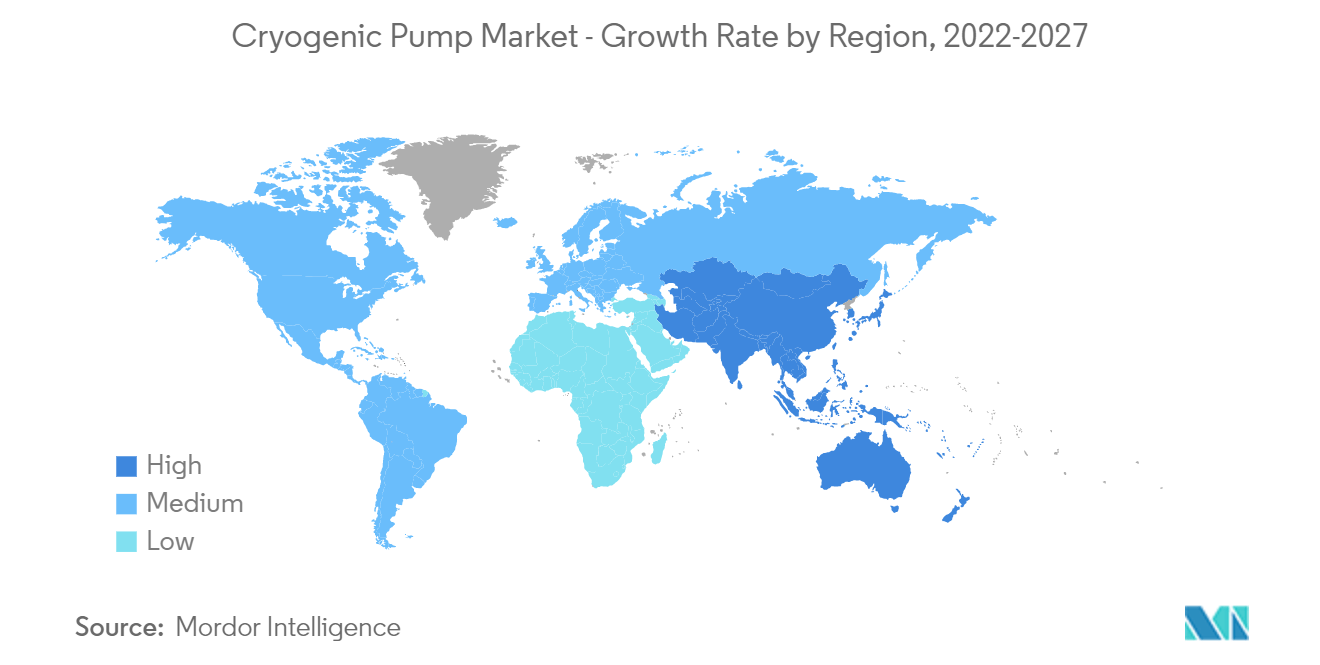Market Trends of Cryogenic Pump Industry
This section covers the major market trends shaping the Cryogenic Pump Market according to our research experts:
Positive Displacement Cryogenic Pump Segment to Witness Significant Growth
Positive displacement pump (PDP) or reciprocating cryogenic pumps are designed to convert motor mechanical energy into pumped fluid mechanical energy. The basic operation of this pump consists of restoring and displacing a fixed liquid volume cylindrically. Typically, a positive displacement cryogenic pump consists of a power pump and a direct-acting pump. For instance, a power pump utilizes a crankshaft with a motor or engine, while a direct-acting pump uses a drive fluid, such as a gas or liquid.
These pumps are typically used over centrifugal cryogenic pumps because of a two-phase fluid. For instance, these pumps are designed to transport a mixture of liquid and solid particles. Because of the solid particles in the mixture, the impeller of the centrifugal pump could be damaged, leading to the breakdown of these pumps, hence giving an edge to the PDP type over the dynamic one.
PDPs are mostly used for cryogenic cylinder filling and industrial and medical bottle filling with gaseous products. Moreover, these pumps are also used in several other industrial LNG and CO2 applications.
In January 2020, Ampco Pumps introduced cryo-pump technology for low-temperature processing applications. The ZP3 series positive displacement has been designed with highly specialized internal seals for processing at temperatures as low as -70°F or -56°C.
Therefore, based on the abovementioned factors, positive displacement cryogenic pumps are expected to witness significant growth, which, in turn, is expected to boost the demand for the cryogenic pump market during the forecast period.

Asia-Pacific to Dominate the Market
Asia-Pacific is witnessing huge economic growth due to the development of industrial infrastructure. The demand for shipping and storing liquified natural gas (LNG) is increasing in energy-famished economies, such as China, India, and other Asian countries, which is driving the growth of the cryogenic pump market in the Asia-Pacific region.
High investments in the infrastructure sector and an increase in focus on renewable-based electricity generation in the Asia-Pacific region is expected to provide substantial growth opportunities for the global cryogenic pumps market.
China is one of the major countries with significant demand in the electronics and semiconductor industry. Manufacturers in China are highly focused on strengthening their capabilities in the fields of materials, components, and equipment.
In 2020, India commissioned its sixth LNG Terminal in Mundra. The LNG terminal had a capacity of 0.6 bcf/d, bringing the total regasification capacity to 5.2 Bcf/d. As of 2020, four more LNG import terminals were under construction and expected to come online by 2023, adding 2.5 bcf/d of LNG import capacity. The terminals are likely to propel the demand for cryogenic pumps in the country.
In January 2021, Fives Group was awarded a contract for the supply of 13 Cryomec® cryogenic centrifugal pumps for a new Air Separation Unit (ASU) in China. The new ASU, with an oxygen production capacity of more than 2,000 ton per day, will be built in the Lingang Economic District, Tianjin Port Free Trade Zone. It is expected to become operational by the end of 2022.
Therefore, based on the abovementioned factors, the Asia-Pacific region is expected to dominate the cryogenic pump market over the forecast period.


